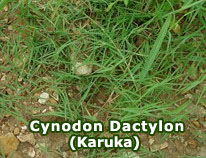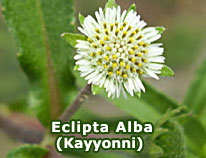Matsyasana Yoga Posture, the Fish Pose
March 24th, 2007 | admin
This asana is said to help yogis float on water for a long time. However, don’t attempt to practice this asana at bottomless water. This asana must be practiced after practicing sarvangasana. This is because the sarvangasana restricts some blood circulation to shoulder areas. Matsyasana rectifies it.
The Procedure for Matsyasana Yoga Pose
1. Assume padmasana (lotus pose). If it is difficult, assume a comparable posture (Swasthikasana or Sukhasana).
2. Bend backwards and touch the ground with the back of your head while not changing the position of your legs.
3. Use hands to give support to body so that your body doesn’t fall flat. While you lay backwards while keeping the legs as in padmasana, your body assumes the same of a fish, with the legs forming the tailfins. The back, shoulders, neck, most part of head and parts below knee will not touch the ground.
4. Now extend your hands and grasp your big toes. Right hand grasps left big toe, which is on the left side of the body.
5. Breathe slowly while in Matsyasana pose.
6. Take hands backwards and place them on the ground as a support. Slowly raise your head and come to Padmasana pose.
Notes on Matsyasana Yoga Pose
This helps in improving respiration while expanding lungs and windpipes. This is beneficial for persons with bronchitis, asthma and some digestive problems.














 Loading ...
Loading ...





